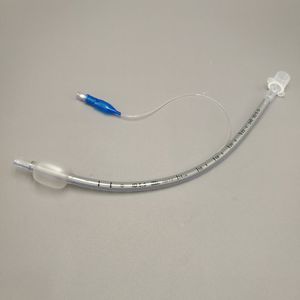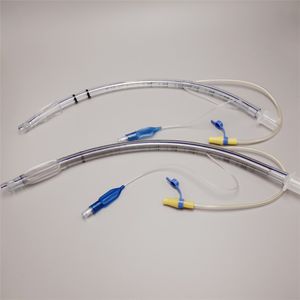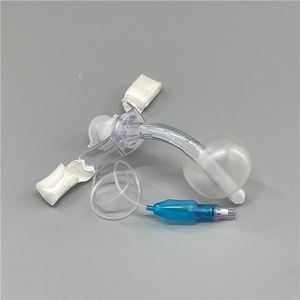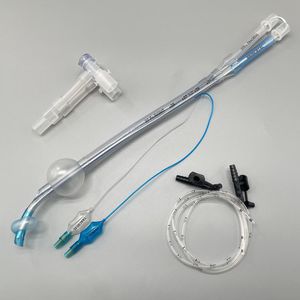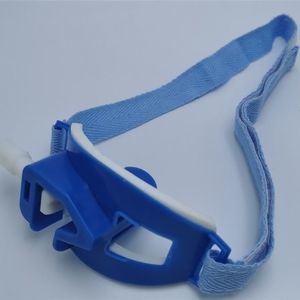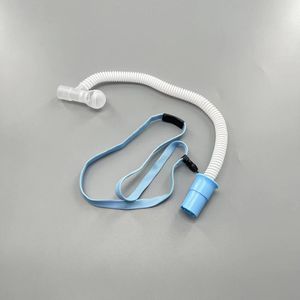
- Primary care
- Emergency medicine, Resuscitation
- Double-lumen endobronchial tube
- Hangzhou Formed Medical Devices
- Company
- Products
- Catalogs
- News & Trends
- Exhibitions
Double-lumen endobronchial tube PA34R
Add to favorites
Compare this product
Characteristics
- Options
- double-lumen
Description
With low-pressure polyurethane tracheal and bronchial cuffs
With blue color-coded bronchial cuff, bronchial proximal lumen, and bronchial pilot balloon
With x-ray opaque carinal hook
Double-lumen tubes (DLTs) are the most commonly used tubes to provide independent ventilation for each lung. One-lung ventilation (OLV) or lung isolation is the mechanical and functional separation of the 2 lungs to allow selective ventilation of only one lung. The other lung that is not being ventilated passively deflates or is displaced by the surgeon to facilitate surgical exposure for non-cardiac operations in the chest such as thoracic, esophageal, aortic and spine procedures. This activity reviews the use of the DLT, its indications, contraindications, and complications in thoracic surgery.
USES
Anatomical lung separation (this isolates a diseased lung from contaminating the non-diseased lung)
·Massive hemoptysis (protect normal lung from blood)
·Whole lung lavage for pulmonary alveolar proteinosis (lavage worst lung first)
·Copious secretions (e.g. bronchiectasis, lung abscess) (protect normal lung from pus)
Physiological lung separation (ventilates each lung as an independent unit)
·Unilateral parenchymal injury:
— Aspiration
— Pulmonary contusion
— Pneumonia
— Unilateral pulmonary edema
·Single lung transplant (post operative complications)
— e.g. COPD patient with lung transplant requiring different ventilation strategies for each lung
Catalogs
PA34R
1 Pages
Other Hangzhou Formed Medical Devices products
Endotracheal Tube
Related Searches
- Cannula
- Suction cannula
- Curved cannula
- PVC medical mask
- Endotracheal tube
- Silicone medical mask
- Intubation cannula
- Disposable cannula
- Ambu bag
- Supraglottic airway device
- Oral endotracheal tube
- Injection cannula
- Flexible cannula
- Silicone laryngeal mask
- Manual resuscitator with valve
- Tracheotomy cannula
- Reusable medical mask
- Disposable laryngeal mask
- Manual resuscitator with mask
- Silicone ambu bag
*Prices are pre-tax. They exclude delivery charges and customs duties and do not include additional charges for installation or activation options. Prices are indicative only and may vary by country, with changes to the cost of raw materials and exchange rates.





